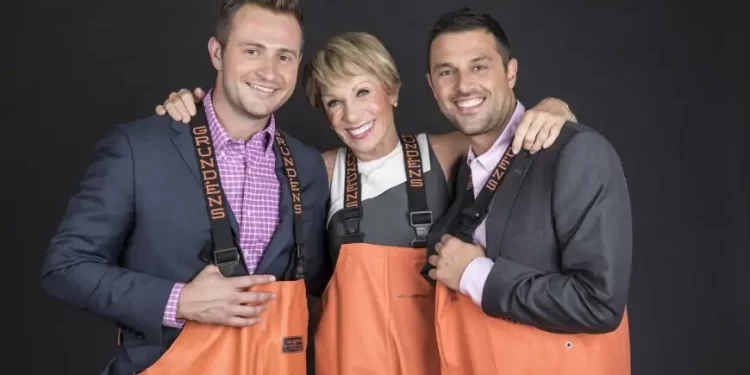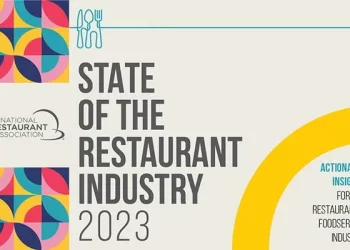
Cousins Maine Lobster, the nationwide meals truck and quick–informal eating idea, made well-known by Shark Tank, immediately introduced it has surpassed $1 billion in systemwide gross sales since its founding in 2012.
Co–founders and real-life cousins Sabin Lomac and Jim Tselikis celebrated the milestone, “That is an unimaginable second, rising from a single meals truck in Los Angeles to greater than 85 items throughout the nation, we have introduced the style and spirit of Maine to diners nationwide—and constructed a franchise household alongside the way in which.”
Key Highlights of the Cousins Maine Lobster Development Story
- Profitable growth from a single meals truck in Los Angeles to greater than 85 places throughout 30+ states, we’re pushed to carry Cousins Maine Lobster to neighborhoods nationwide.
- Franchisees are driving progress, with over 30 new items projected in 2026, and energetic exploration of worldwide markets, together with Dubai.
- Robust unit economics, with common 2024 truck gross sales of roughly $1.3 million per unit, as disclosed in Merchandise 19 of their 2025 Franchise Disclosure Doc.
- Strategic partnerships in Maine and a robust buying historical past as one of many largest purchasers of Maine lobster on the earth has Cousins Maine Lobster poised for growth.
The $1 billion greenback gross sales mark comes on the heels of current market openings in Grand Rapids, Michigan, Albany, New York, Northwest Pennsylvania, Morgantown, West Virginia, Oklahoma Metropolis, Oklahoma, Minneapolis, Minnesota, and Milwaukee, Wisconsin. Additional summer time openings are slated for Kalamazoo, Michigan, San Antonio, Texas, Winston-Salem, North Carolina, Ventura and Santa Barbara, CA, Savannah, Georgia, and extra.
Cousins Maine Lobster is in search of operators who’re keen about delivering high-quality meals and distinctive customer support. With a confirmed enterprise mannequin that provides flexibility, operators can launch meals vehicles in as little as three to 6 months. Low overhead and labor prices enable operators to enter every market effectively and cost-effectively. The model is focusing on markets with robust demand for high-quality, fast-casual seafood, together with Reno, Nevada; and areas throughout the Midwest, together with St. Louis, Missouri; Des Moines, Iowa; and Fort Wayne, Indiana.







